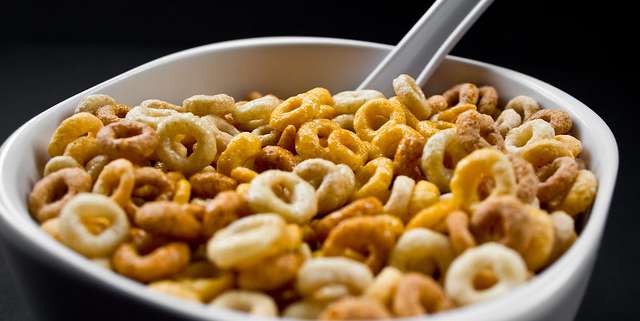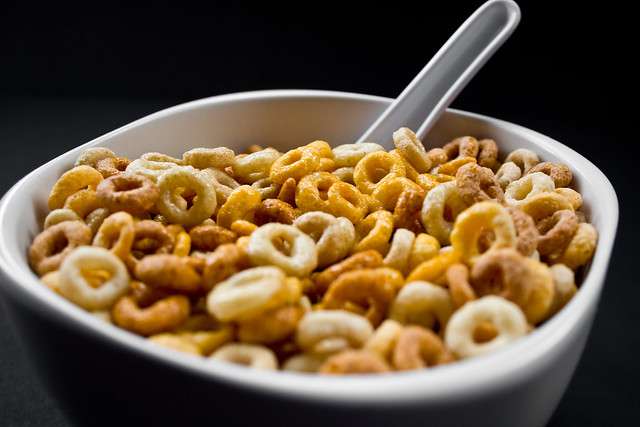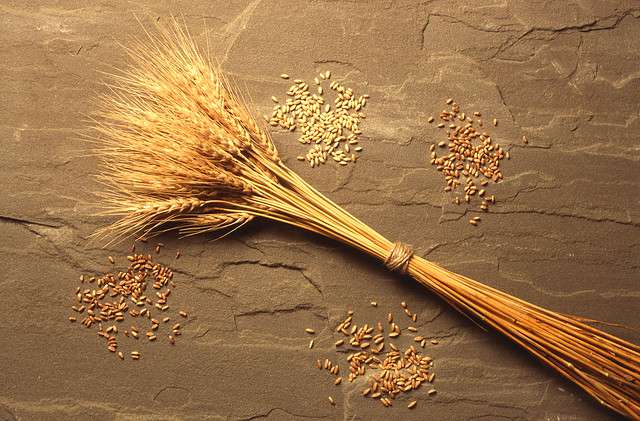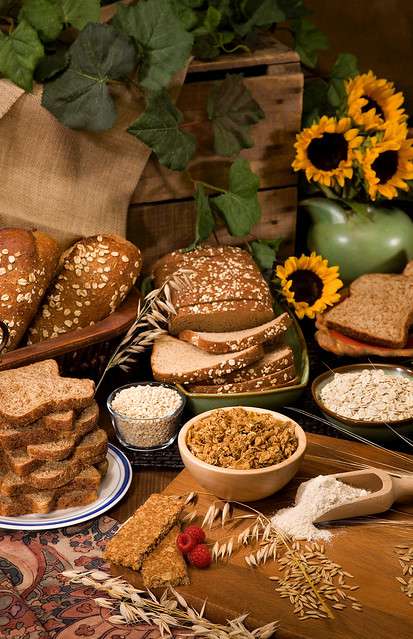
Anyone who’s ever been to the grocery store with children knows the challenges of shopping with the kids, especially when it comes to the many choices in the cereal aisle. Cereal is a staple food item in many households around the world, but my kids know the criteria I use when it comes to breakfast selections: whole grains and low sugar are key. Even when seeking a healthy alternative to the brightly colored sugary options, color still plays and important role in consumer choice. The United States Department of Agriculture (USDA) has created a color class measurement system for grain products to aid in classification and production processes.

Cereal is one of the largest grain products on the market and manufacturers rely on color measurement for product quality and color consistency. Image Source: Flickr user Christian Cable
Grains make up a large portion of the foods we eat. Cereals, breads, pastas, and baking products all come in a variety of grain choices that rely on accurate color class analysis. From processing to final product color measurement, using spectrophotometers helps manufacturers determine color class for grain sorting, shelf color monitoring, and color consistencies.



